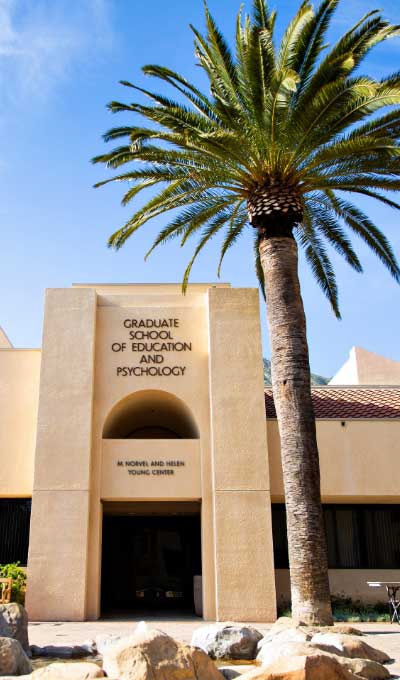

Pepperdine University’s Online MFT Master’s Program
Pepperdine prepares you to pursue licensure as an LMFT or LPC, allowing you to make a powerful impact in the lives of others in as few as 27 months. With no GRE required, apply to the master’s in marriage and family therapy online from Pepperdine and begin creating a positive social impact. Part-time track available.
- No GRE required
- Bachelor degree required
- Complete as few as 27 months
SPONSORED





